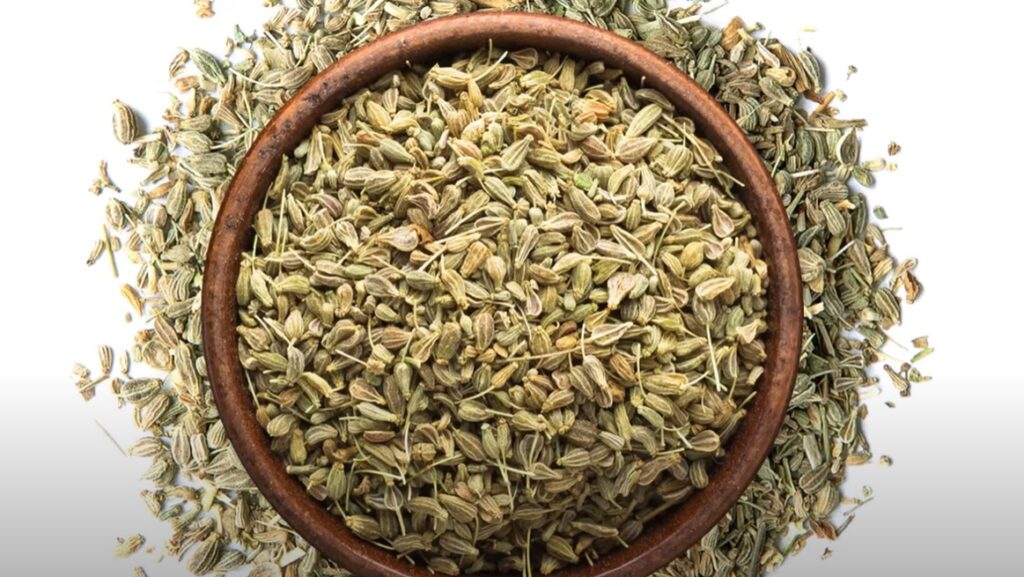Anise: History And Health Benefits

Anise is a sweet and savory spice that has been used for centuries in various cultures for its unique flavor and medicinal properties. Its history dates back to ancient times, where it was used in religious ceremonies and as a remedy for digestive issues. Today, anise is a popular spice used in a variety of dishes and drinks, and its health benefits continue to be studied.
Origins and History
Anise is native to the eastern Mediterranean region and western Asia but is now cultivated in many countries, including Spain, Italy, Turkey, Egypt, and India. The plant belongs to the Apiaceae family and is related to other herbs such as fennel, caraway, and dill. It is an annual herb that grows up to 3 feet tall and produces small, white flowers that turn into the seed pods that contain the anise seeds.
The use of anise dates back to ancient Egypt, where it was used as a flavoring in bread and cakes and as a medicine for digestive issues. It was also used in religious ceremonies and was believed to have protective properties. Anise was also used in ancient Greece and Rome, where it was used as a flavoring in food and drinks and as a medicine for coughs and colds.
During the Middle Ages, anise was popular in Europe, and it was used in many different ways, including as a cooking spice and to add flavor to alcohol. In France, anise was used to make the popular drink absinthe, which was made by macerating wormwood, aniseed, and other herbs with alcohol. Absinthe became very popular in the 19th century, but it was eventually banned due to its high alcohol content and potential health risks.
In the 16th century, anise was used in England to sweeten breath and as a cough remedy. The seeds were also used for flavoring cakes and breads. During the 17th century, anise became popular in the Americas, where it was used as a cooking spice and added to herbal remedies.
Today, anise is used in many different ways all over the world. In Latin America, it is commonly used as a flavoring for drinks such as hot chocolate and coffee. In India and Pakistan, anise is used in spice mixes such as garam masala and is added to sweets and desserts. In the Middle East and North Africa, anise is used in savory dishes such as soups, stews, and rice dishes.
Health Benefits
Anise has been used for its medicinal properties for centuries. It contains compounds that have antimicrobial, anti-inflammatory, and antioxidant properties. Anise oil is also used in aromatherapy to help relieve stress and promote relaxation.
Anise is especially known for its digestive benefits. It has been shown to help ease symptoms of bloating, gas, and indigestion. Anise contains an essential oil called anethole, which has been shown to stimulate the digestive system by increasing the secretion of digestive juices such as bile and gastric acid.
Anise has also been shown to have antispasmodic properties, which can help relieve muscle spasms and cramps. Anise tea is often used to help relieve menstrual cramps and other types of abdominal pain.
Anise is also believed to have anti-inflammatory properties, which can help relieve pain and inflammation in the body. It has been shown to reduce inflammation in the digestive tract and may be helpful for those with conditions such as irritable bowel syndrome (IBS) and inflammatory bowel disease (IBD).
Ways to Use Anise
Anise is a versatile spice that can be used in a variety of dishes and drinks. Here are some popular ways to use anise:
- Tea: Anise tea is easy to make and is a great way to enjoy the flavor and health benefits of anise. To make anise tea, simply steep 1 tsp of anise seeds in hot water for 5-10 minutes. You can also add other herbs such as ginger or mint for added flavor and health benefits.
- Cooking: Anise is a great addition to savory dishes such as soups, stews, and rice dishes. It pairs well with vegetables like carrots, fennel, and onions, as well as meats like chicken and fish. Anise seeds can also be added to baked goods such as bread and cakes.
- Alcohol: Anise is commonly used to flavor alcohol such as ouzo, raki, and absinthe. Anise liqueurs are also popular in many countries, including Italy (sambuca) and France (pastis).
- Baking: Anise is a popular spice for baking and is often used in traditional cookies and cakes such as pfeffernusse, aniseed biscuits, and anise-flavored bread.
- Flavoring: Anise oil or extract can be used to add flavor to a variety of sweet dishes such as ice cream, custards, and puddings. It can also be added to coffee or hot chocolate for added flavor.
Anise is a unique and flavorful spice that has been used for centuries for its medicinal properties and culinary uses. It has a rich history dating back to ancient times and is still popular today in many different cultures. Anise has many health benefits, including digestive support, anti-inflammatory properties, and muscle relaxant effects. There are many ways to use anise, including in cooking, baking, and as a flavoring for drinks and desserts.